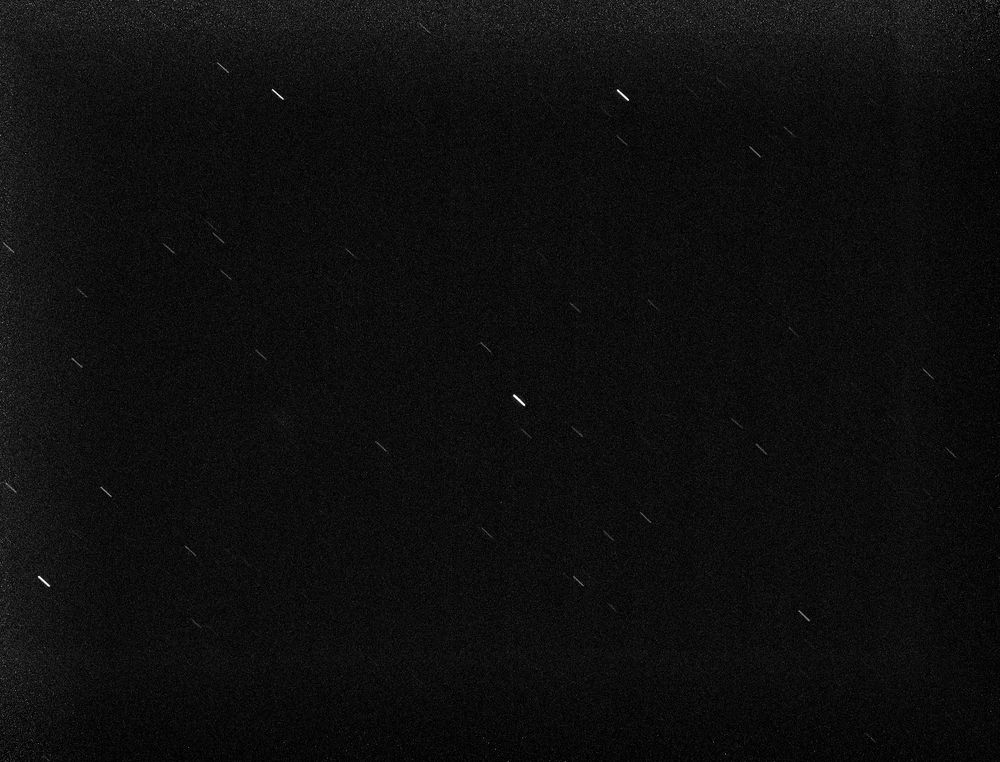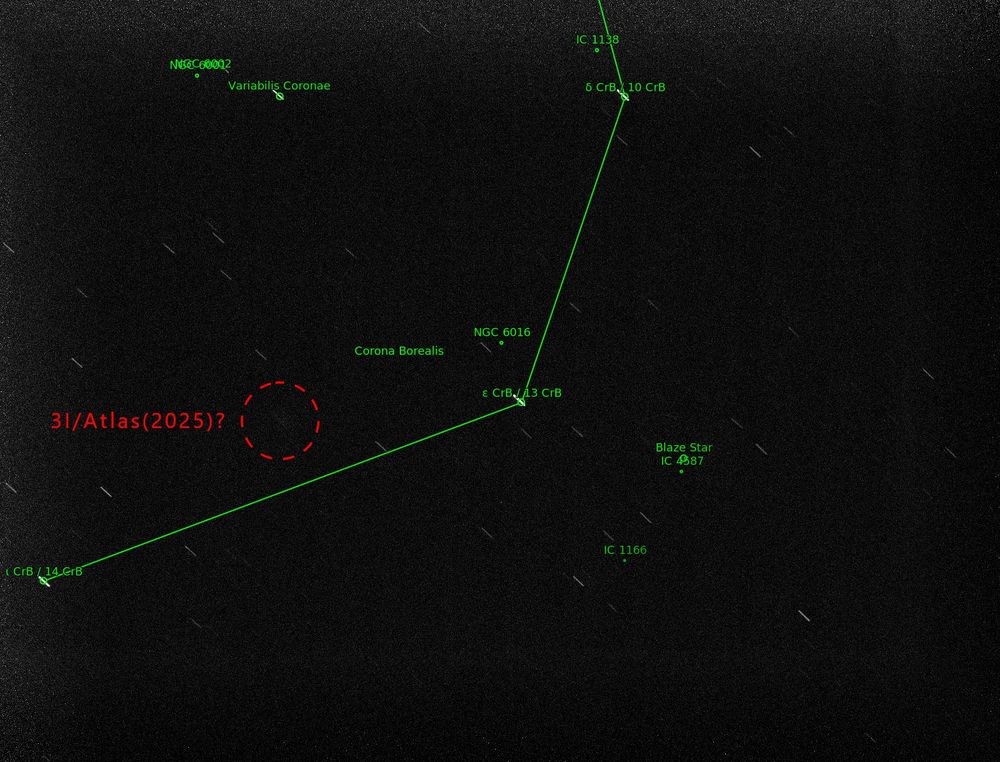Melina Thévenot🏳️⚧️
@melina-iras07572.bsky.social
180 followers
130 following
640 posts
I was a volunteer of astronomical research. Now I edit wikipedia articles.
trans, chronic pain, mental illenss
Nationallity: German 🇩🇪
My website: https://isolatedplanetsarchive.wordpress.com/
Support me: https://buymeacoffee.com/melinathevenot
she/her
Posts
Media
Videos
Starter Packs
Reposted by Melina Thévenot🏳️⚧️
Reposted by Melina Thévenot🏳️⚧️
Reposted by Melina Thévenot🏳️⚧️
Reposted by Melina Thévenot🏳️⚧️
Emily Hunt
@emily.space
· 1d
Reposted by Melina Thévenot🏳️⚧️
Reposted by Melina Thévenot🏳️⚧️

















